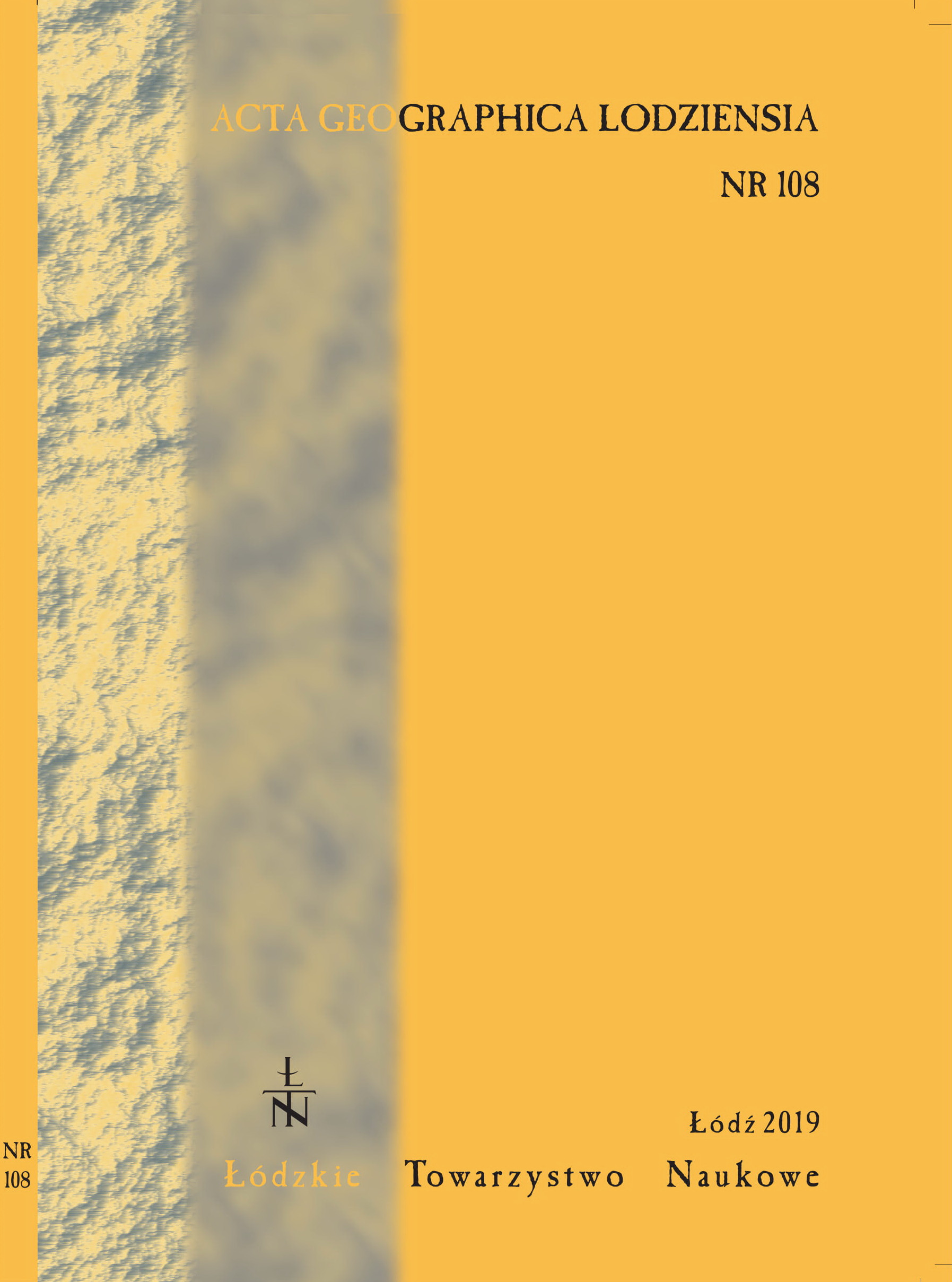Rozwój badań nad klimatem lokalnym Krakowa
Evolution of studies on local climate of Kraków
Author(s): Anita BokwaSubject(s): Human Geography, Environmental Geography
Published by: Łódzkie Towarzystwo Naukowe
Keywords: urban climate; urban heat island, precipitation; solar radiation; land forms; satellite images
Summary/Abstract: Studies on local climate of Kraków conducted after the Second World War were based on observations and measurements at regular meteorological stations and at short-term measurement points, as well as on mobile measurements and analyses of sodar and satellite data. The diversified landform and the land use/land cover are equally important factors controlling the local climate of Kraków. The urban heat island should be studied as an element of the thermal structure of the city, in the mesoscale, including the impact of air temperature inversions and thermal asymmetry of the Vistula river valley in Kraków. Atmospheric precipitation is highly differentiated spatially due to the impact of relief. The annual totals are higher in the city than in the surrounding areas by about 80 mm; the number of days with precipitation is also greater but the latter is true only for daily totals below 5 mm. The location of Kraków in the Vistula river valley and the sheltering effect of the convex landforms to be found south, north and west of the city are the reason for poor natural horizontal and vertical ventilation, which in turn often generates air pollution concentrations above the acceptable levels. The mean annual wind speed in the city centre is 1.8 m·s–1, and the frequency of atmospheric calm reaches 30%.
Journal: Acta Geographica Lodziensia
- Issue Year: 2019
- Issue No: 108
- Page Range: 7-20
- Page Count: 14
- Language: Polish

